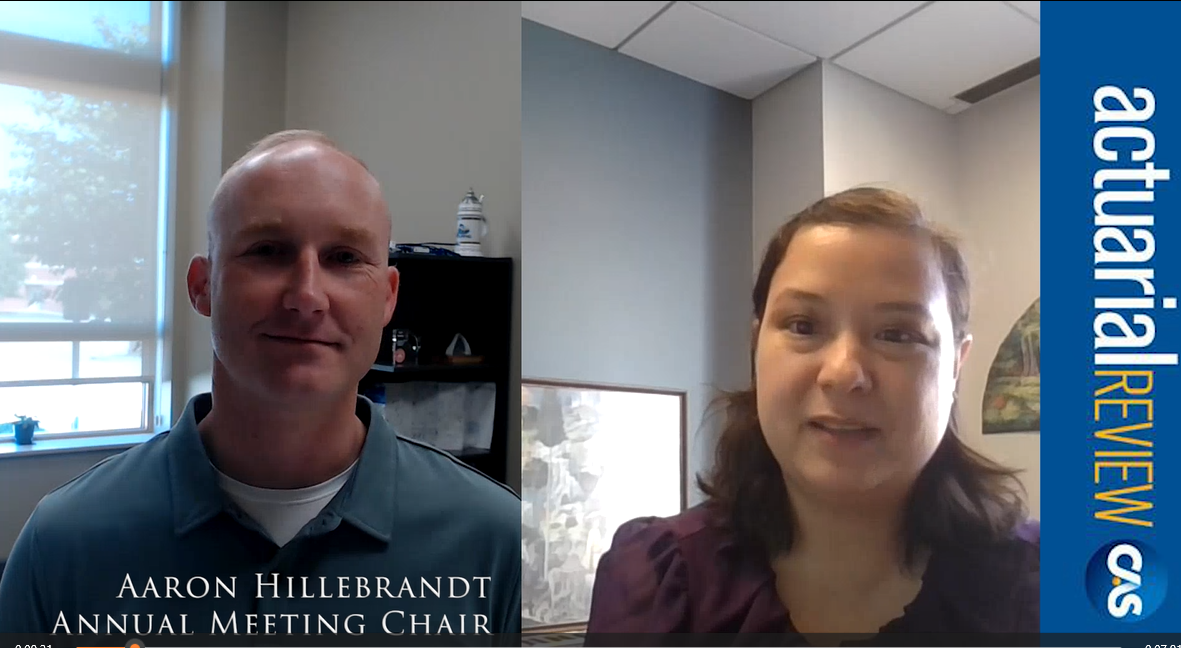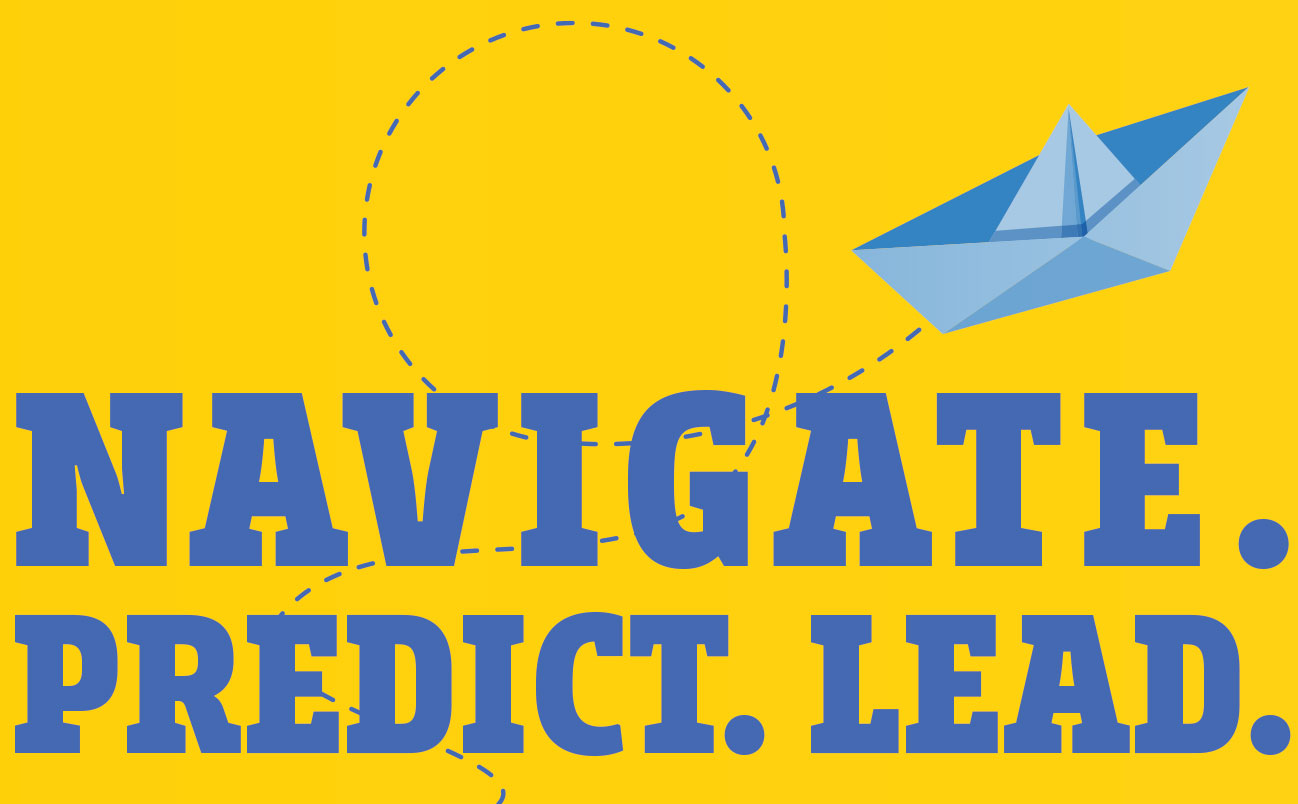
A Portrait of the CAS Microinsurance Working Party
As actuaries know, the numbers often tell the story. This story starts with 12 risk professionals from seven countries spread over four continents. In the course of one year, the team tackled the emerging field of microinsurance, the creation of insurance for low-income people. They came up with a few answers, a lot more questions, and a potential road map for CAS members to follow in future investigations. Along the way, they learned a lot about what makes a working party tick.
The CAS Microinsurance Working Party officially kicked off in the fall of 2016. But the seed for the group was planted several years earlier, when Jim Weiss, FCAS, CSPA, director of analytic solutions at ISO (Verisk Analytics) attended a CAS webinar where William Collins, ACAS, spoke. “The presenter really had to build insurance programs from scratch,” explains Weiss, “as opposed to just keeping a machine that someone else built running. The fact that you’re having a direct impact on people’s lives through this work is what made me think that microinsurance is a pretty cool thing.”
Weiss started looking for CAS research on the topic, but “I found there wasn’t … a lot of literature, or documented thought processes,” he said. With the idea of starting a working party, Weiss recruited Scott Swanay, FCAS, whom he’d met at a CAS meeting a year earlier. Swanay was then working with Blue Marble Microinsurance, launching a drought insurance program for corn farmers in Zimbabwe.
The team now had two people, and CAS staff put out a call for more volunteers by posting a notice on the CAS website. One actuary who was excited to see the invitation was Barbara Chabbaga, lead consultant at AB Consulting in Nairobi, Kenya. “Microinsurance is all we do,” she says. “The insurance penetration in Kenya is 2.9 percent. I feel the way that insurance can make a difference is when it’s accessible and makes sense. And in the Kenyan context, in the region … it has to be microinsurance. Because that’s what people can afford.”
Chabbaga has seen firsthand how products can be designed to help the people who, she says, need it most. She notes that in Kenya today, nearly anyone can easily take out a small loan using their mobile phone. But those loans create the need for insurance.
“Say you have a family. They’ve never had access to credit. They’ve never had access to insurance. They were just making ends meet with their two cows,” she says. “And then they’re told, ‘you can access a loan through your phone, and we’ll take your cows as security.’ And then imagine the breadwinner falls ill … and suddenly they have to pay back the loan. [They] go from making ends meet … to the one asset [they] have being taken away.”
Chabbaga also points out that in microinsurance, payment and distribution need to be tailored to the customer as well. “You can’t expect somebody who’s earning a daily wage or a weekly wage to pay an annual premium,” she says. “You wouldn’t expect the same person to walk into a massive skyscraper to buy their insurance product. They want it close to them, either on their phones, or though people that they trust, like the agrovets [store] where they buy their farm [supplies].”
Tom Johansmeyer, assistant vice president at PCS (Verisk), has worked with microinsurance in Turkey and seen its social impact. He joined the group partly to investigate another angle: the potential for growing new business. “We all talk about mature markets being slim for growth, and how difficult it is to … bring more money out of stable markets like property catastrophe. … We are focused on squeezing every last dime out of a mature market, rather than entering the big one,” he says. On the other hand, Johansmeyer notes, “You’ve got four billion people who could benefit from microinsurance. That’s a very good start.”
Eventually, 12 professionals from all over the world, CAS members and nonmembers alike, joined the Microinsurance Working Party. Arranging conference calls across that many time zones, the members admit, was a Herculean task. But soon Syed Danish Ali from Pakistan was on the line with Keith Lau, ACAS, from Hong Kong. Inma Peña, a member of the Spanish Actuarial Association, called in from Madrid, where she was writing her doctoral thesis on pricing in microinsurance. Charles Cervinka, FCAS, FCIA, spoke from his office in Bermuda, while fellow Canadian Eric Cheung, FCAS, joined the conversation from Toronto. In the U.S., Su Wash called in from New York, and Mike Mendel, FCAS, from Chicago.
After some brainstorming, the group decided to focus on social impact, product design and development, microinsurance in mature markets (e.g., insuretech) and data. Then they dove into the research.
April Li, ACAS, an associate actuary at Traveler’s in St. Paul, Minnesota, found the research process “eye-opening.” She helped interview several people working in the field, including World Bank employees, about their experiences. “I honestly haven’t done many interviews as a way to gather information,” she says. “But we did a lot of that. … It was a surprise how welcoming people are. … Many people were so willing to help, to share their knowledge and experience.”
After gathering information, the group compared notes and came up with new ideas. “We had so many perspectives coming together,” says Tom Johansmeyer. “The thinking [the group] provided was game-changing.” After that, he says, “The writing was easy.” To raise awareness about microinsurance, the group wrote nine different articles for industry publications. Several of the stories were collaborations between two, three, or even four authors. Four stories have been published so far, in outlets that are as international as the working party itself. They include the British-based Insurance Post, Reinsurance News and Intelligent Insurer; The Actuary, published in England by the Institute and Faculty of Actuaries; and Asia Insurance Review. Three articles are currently being submitted to publications, and two will be submitted later.
How did the group get so much accomplished in one year? According to Scott Swanay, “It wasn’t just an academic exercise. You think, here are people’s lives potentially at stake, because of having this insurance or not having it. … I think that’s really what carried us through. The passion from knowing what the impact [of microinsurance] has been in some cases.”
Jim Weiss credits setting clear goals. “We were very strategic about creating a plan we could follow and stick to,” Weiss says. “We didn’t try to conquer the world. We felt if we could just take a few baby steps to get our profession closer to being relevant in the microinsurance arena … then we would have made industrious use of our volunteer time.” Halfway through the group’s work, Weiss had the idea to post a second notice calling for volunteers. “We got some folks who joined midway through, who were new members of the CAS … and who were able to do some great writing and some great thinking, and that helped us to get even more done,” Weiss says.
To many in the group, researching and writing nine articles was just a small start. “If the articles are able to inspire people to look more into microinsurance, or even to practice microinsurance, or get their organizations involved … that will be the big win here,” says Weiss.
Tom Johansmeyer thinks that insurance professionals still have a lot to learn about the field. “I’ve always had an appreciation for the fact that microinsurance is hard to do,” he says. “Now I feel I have a better sense of why. Microinsurance is the sort of thing that will take a coordinated, industry-wide effort.”
But for many of the working party members, the rewards of volunteering went beyond a feeling of accomplishment. April Li discovered that she “looked forward to working with other professionals, beyond the people I interact with at work.” Johansmeyer agreed, stating, “The distribution group was absolutely incredible. I didn’t know anybody on the group prior to this project, and now I stay in touch with them.”
Joining the working party was Li’s first experience with volunteering for CAS. Her advice for others thinking about volunteering? “Be curious and keep an open mind, and don’t be afraid to try. I’m still taking the exams, so time is always a concern. It’s not a huge time commitment, and it can be managed.”
Weiss encourages others to not just get involved, but to help CAS target worthwhile issues. “If there’s a topic you’re interested in,” Weiss says, “whether or not you have a ton of expertise in that topic … and you don’t feel the CAS, or anyone else for that matter, is really giving that topic the attention it deserves … that’s a really great opportunity to point out that need and create a collaboration opportunity to produce a body of knowledge where it might be lacking. Don’t let fear of your own inadequacies stop you from going out and trying to solve a problem, because it will be very rewarding.”

Feeling inspired to learn more about microinsurance? You can read four of the nine articles produced by the working party online. See page 40 for a listing of the papers.
Laurie McClellan is a freelance writer and photographer living in Arlington, Virginia. She is on the faculty of Johns Hopkins University, where she teaches in the M.A. in Science Writing program.













